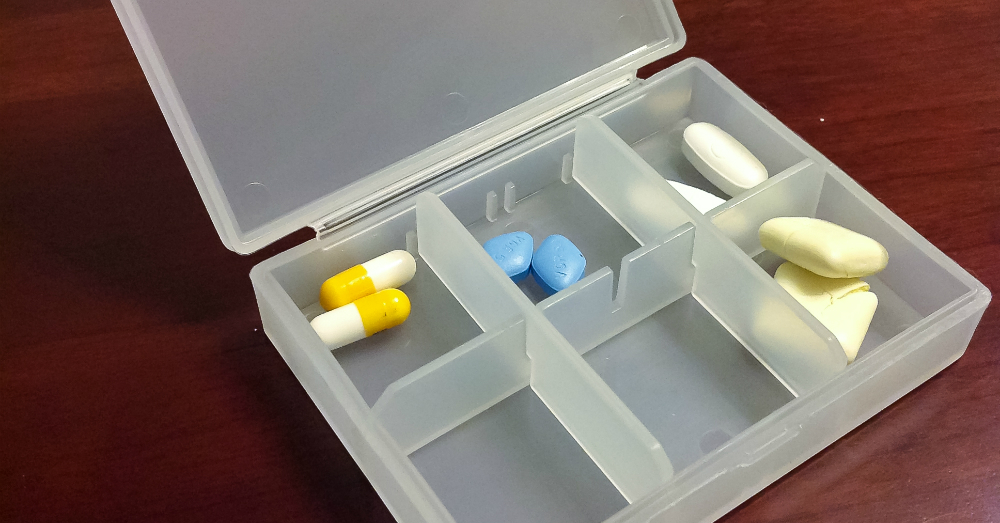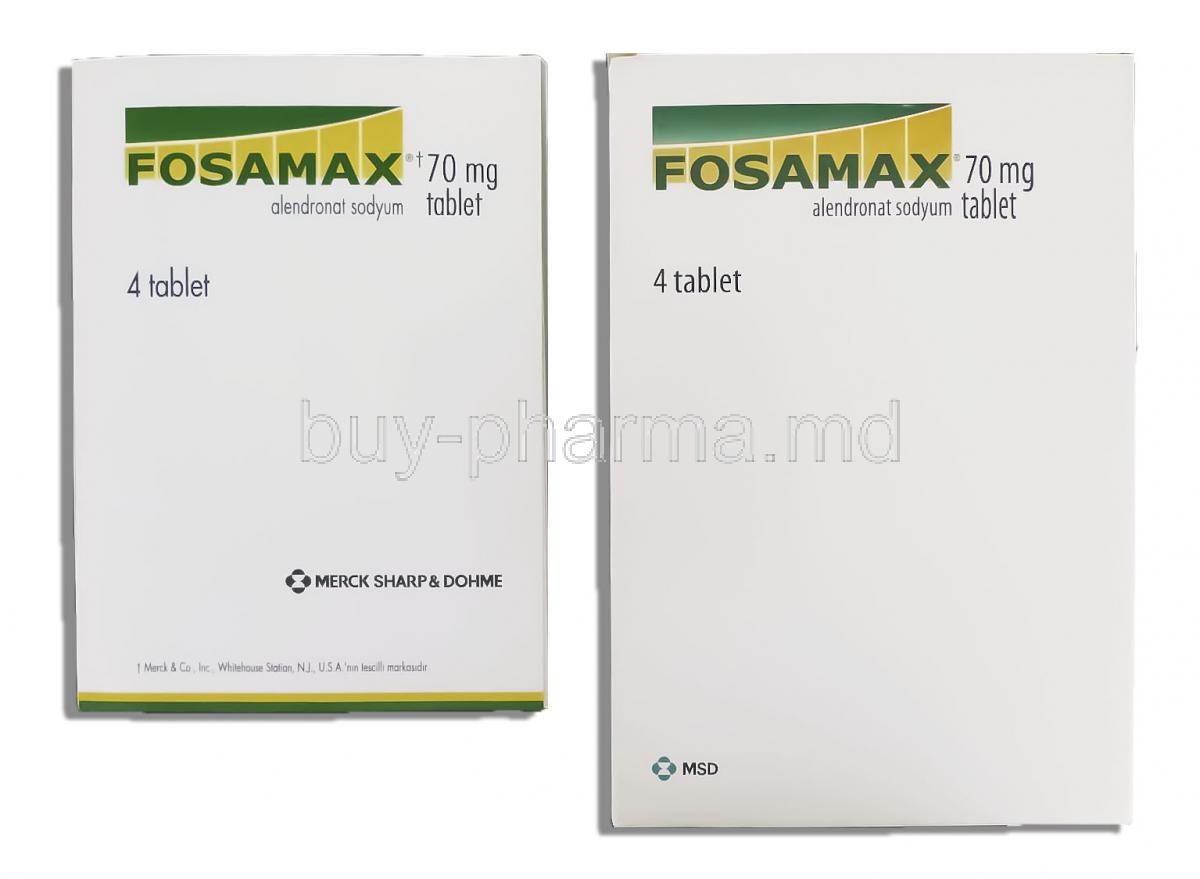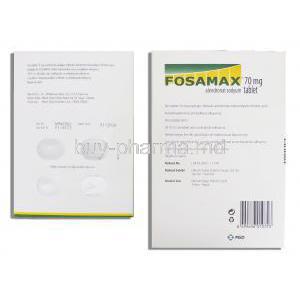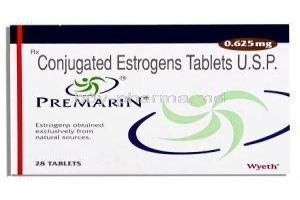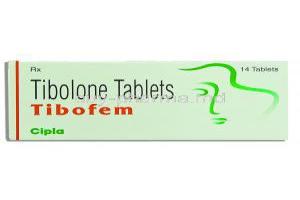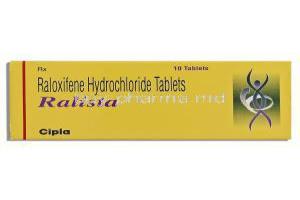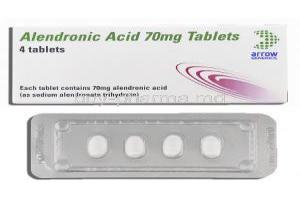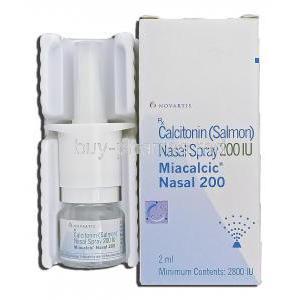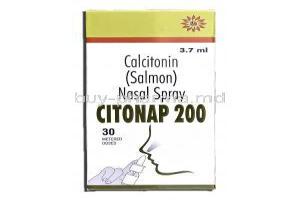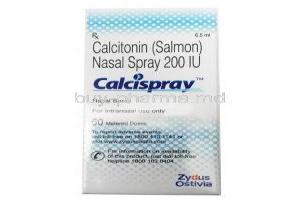Fosamax
- I. Introduction
- II. Uses of Fosamax
- III. How Fosamax Works
- IV. Off-label Uses of Fosamax
- V. Dosage and Administration
- VI. Composition of Fosamax
- VII. Common Side Effects
- VIII. Severe Side Effects
- IX. Interactions
- X. Warnings and Precautions
- XI. Contraindications
- XII. Careful Administration
- XIII. Important Precautions
- XIV. Administration to Special Populations
- XV. Overdosage
- XVI. Storage and Handling Precautions
I. Introduction
Fosamax, also known as Alendronate, is a medication used to treat osteoporosis and Paget's disease of the bone. It works by targeting bone metabolism to prevent the loss of bone density. Fosamax has become a player in managing osteoporosis due to its effectiveness and relatively safe profile, making it an essential component in strategies to address progressive bone disorders.

II. Uses of Fosamax
Fosamax is a brand-name prescription medication used to treat various bone conditions. It contains the active drug alendronate, which belongs to a class of medications called bisphosphonates1. Fosamax is FDA-approved for the following uses in adults:
- Prevent or treat osteoporosis in females who have gone through menopause.
- Treat osteoporosis in males.
- Treat osteoporosis caused by using a type of medication called glucocorticoids.
- Treat Paget’s disease of bone1.
Taking Fosamax regularly can help increase bone mineral density (BMD), reducing the risk of fragile fractures and improving overall bone strength1. Osteoporosis, in addition to causing fractures, also leads to a decrease in BMD1. Fosamax works by stabilizing bone turnover, which helps to maintain and sometimes even enhance BMD1.
Here are some references:
- Fosamax (alendronate): Uses, side effects, dosage, and more
- Fosamax: Uses, Dosage & Side Effects - Drugs.com
- Fosamax Dosage: Strength, Form, How to Take and More - Healthline
- Fosamax: 7 things you should know - Drugs.com
III. How Fosamax Works
Fosamax works by blocking the action of osteoclasts, which are the cells responsible for breaking down bone. It explicitly targets hydroxyapatite, a mineral found in bones, and disrupts the activity of osteoclasts. This helps to reduce bone turnover and maintain a balance between bone formation and breakdown. Ultimately, Fosamax promotes the strengthening and densification of bones by favoring bone formation in the cycle of bone remodeling.
IV. Off-label Uses of Fosamax
Fosamax, an FDA-approved prescription medication, is primarily used to prevent or treat osteoporosis in postmenopausal women and men123. However, there are other potential benefits of Fosamax for bone disorders besides its approved uses. Some doctors have explored its effectiveness in treating conditions like osteogenesis imperfecta and induced osteoporosis1. There have been reports of Fosamax being used to address rapid bone loss caused by prolonged corticosteroid use1. While research has primarily focused on its approved uses, there is a growing body of studies investigating its effectiveness for off-label applications1. It is important to note that extensive clinical trials are needed before definitive conclusions can be drawn1.
Here are some references:
- Medical News Today: This article provides comprehensive information about Fosamax, including its uses, side effects, dosage, and more1.
- Johns Hopkins Arthritis Center: This resource explains how Fosamax works to decrease the rate of bone cell absorption and reduce the risk of fractures4.
- Drugs.com: A comparison of Fosamax with alternative medications used to reduce the risk of fractures in people with osteoporosis and other bone conditions5.
- Drugs.com: Detailed information about Fosamax, including its approved uses, dosage, side effects, and more2.
- Drugs.com: Seven important things to know about Fosamax, including its uses, precautions, and potential adverse effects3.
V. Dosage and Administration
The recommended recommended osteoporosis doses in postmenopausal women and men are 10 mg per day or 70 mg per week. For Paget's disease, it is often prescribed as 40 mg per day for six months. Adjustments to the dosage may depend on factors such as function, other medications being taken, and the patient's age and weight. To take Fosamax properly, it should be consumed with a glass of water at least 30 minutes before having any food or drink in the morning. Maintaining a posture after taking it is essential to avoid any irritation in the esophagus.
VI. Composition of Fosamax
Fosamax is composed primarily of Alendronate Sodium, known for its ability to regulate bone metabolism. Additionally, the tablet includes cellulose, magnesium stearate, and lactose to improve how the body absorbs it. Fosamax is available in forms, such as oral tablets, with concentrations of 5mg, 10mg, 35mg, 40mg, and 70mg.
VII. Common Side Effects
Typical, but minor side effects; There is a chance that some people may experience gastrointestinal issues such as acid reflux. Additionally, they might also have pain and headaches. Regarding the frequency of these side effects, it should be noted that most of them are temporary and not severe. For example, 6% of patients participating in clinical trials reported experiencing gastrointestinal problems.
VIII. Severe Side Effects
Rarely, Fosamax may cause pain in bones, joints, or muscles, esophageal ulcers, or jaw osteonecrosis. To prevent side effects, it is essential to regularly visit the dentist, follow the recommended dosage instructions, and seek immediate medical advice if any unusual symptoms occur.
IX. Interactions
Some medications may affect the effectiveness of Fosamax. It is essential to be cautious when combining it with drugs. In particular, antacids and supplements with calcium or iron levels can interfere with the absorption of Fosamax. Nonsteroidal anti-inflammatory drugs (NSAIDs) can also increase the risk of problems when taken with Fosamax. Additionally, aspirin and other blood thinners may worsen the side effects.
Regarding your diet, consuming foods with calcium simultaneously as taking Fosamax, can disrupt absorption. Therefore, it is recommended to separate their intake by a period. Combining Fosamax with any of these agents can reduce its effectiveness, intensify side effects, or even trigger adverse reactions. Following the timing and dietary guidelines strictly is crucial for results.
X. Warnings and Precautions
Specific factors that increase the risk of complications include Barrett's esophagus, low calcium levels, kidney diseases, or dental problems. Suppose you experience prolonged bone pain, discomfort in the esophagus, or any dental abnormalities during treatment. In that case, it is advisable to seek medical consultation as these could indicate more severe complications ahead.
XI. Contraindications
Fosamax should not be used in conditions such as when an individual has low blood calcium levels (hypocalcemia), esophageal anomalies, or a known hypersensitivity to Fosamax or its components. Additionally, for individuals with impairments or vitamin D deficiency, there is a possibility of experiencing worsened side effects or a less-than-optimal therapeutic response.
XII. Careful Administration
For those who have problems, it is essential to be cautious when taking this medication. People with a history of diseases such as ulcers or active bleeding should be careful because the drug may worsen these conditions. If you have trouble swallowing, remember to take Fosamax while standing upright. This not only helps with absorption but also prevents discomfort in the esophagus. If you struggle with swallowing make sure to drink plenty of water when taking the medication and remain upright for 30 minutes afterward.
XIII. Important Precautions
To ensure that therapy is effective and doesn't cause any side effects, monitoring bone mineral density and regularly assessing renal function is essential. It is recommended to check serum calcium and phosphorus levels, particularly in the early stages of therapy.
XIV. Administration to Special Populations
When prescribing Fosamax to individuals, it is essential to be cautious and consider their renal function. Dosage adjustments may be necessary depending on their kidney capabilities. For women and nursing mothers, there are safety concerns regarding Fosamax. It falls under category C for pregnancy, meaning its effects on development are unclear. Due to risks, it is generally avoided during pregnancy or while breastfeeding. As for children, the safety and effectiveness of Fosamax have not been definitively proven in populations. Therefore, it is not recommended for use in this age group.
XV. Overdosage
Signs of a dose of Fosamax: Possible symptoms can include low levels of calcium and phosphorus in the body, digestive problems, and even the development of ulcers. It is crucial to seek medical help in case of overdose. The recommended treatment involves stomach cleansing and an infusion of calcium as an antidote.
XVI. Storage and Handling Precautions
The best way to store Fosamax is in a dry place, away from direct sunlight and out of reach of children. When handling the medication, it's crucial to ensure the packaging is intact. The tablets should be swallowed whole and not crushed or chewed to ensure their effectiveness and safety.
